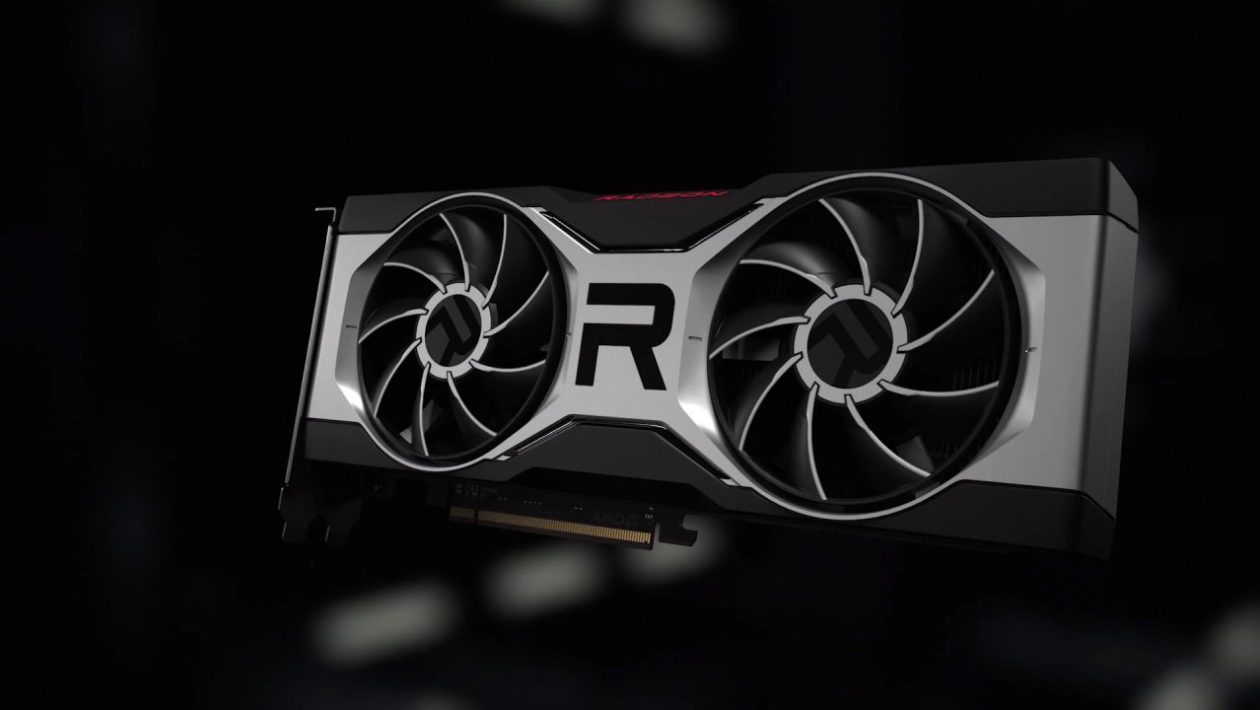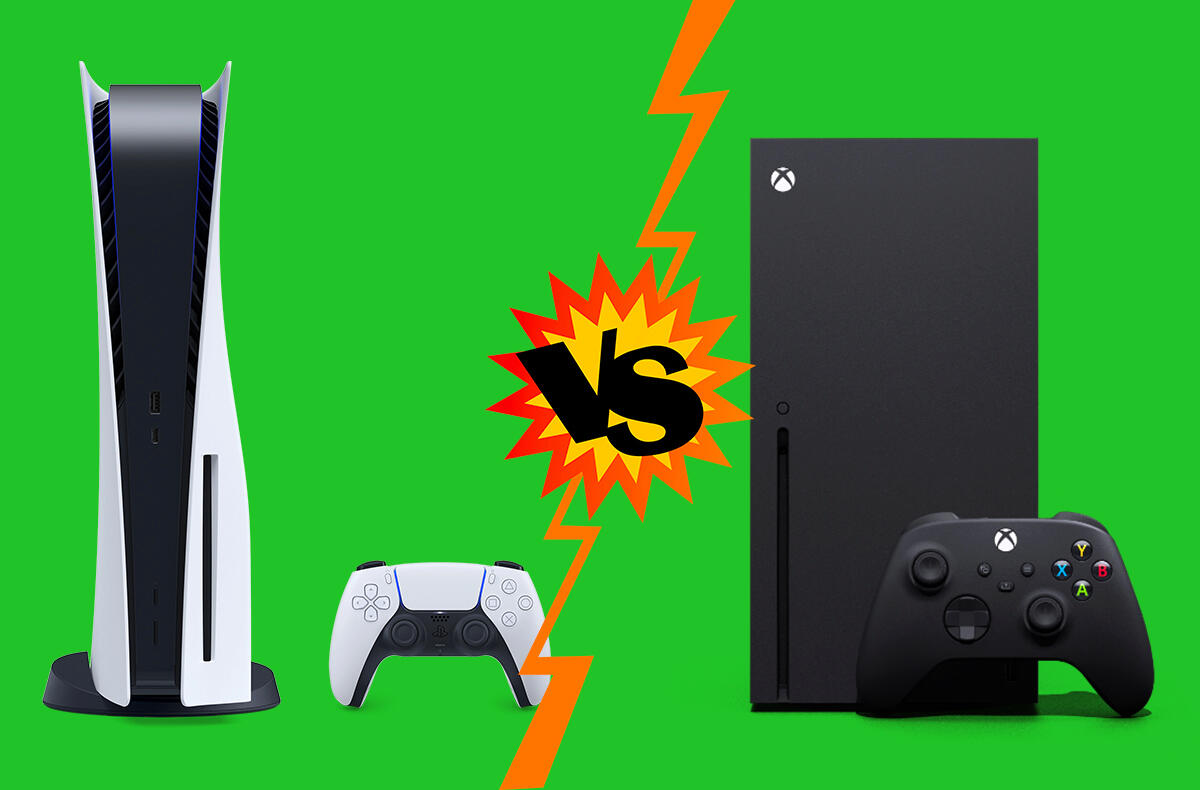AMD reveals its alternative to DLSS from Nvidia -apkrig
One of the most popular features of Nvidia RTX series graphics cards is Deep learning super sampling technology aka DLSS. Using a neural network stored in the driver, the graphics card can estimate how the currently processed image might look at a higher resolution and offer it to the player at the output without being rendered directly in that resolution. Although the results are not always 100%, this gives players the opportunity to play in 4K, for example, without having the hardware to maintain this resolution while maintaining a satisfactory frame rate. Of course, AMD is also trying to do something similar, as it wants to offer its customers the same comfort and is preparing a technology called straightforward Super Resolution. It doesn’t talk about it openly yet, but there is a newly registered patent that comes with a basic description and especially information that Super Resolution support – unlike DLSS – might not be directly required for individual titles and worked universally.
AMD states in its patent that commonly used methods Resolution upgrades are not as great as players might think. The result is said to be a very blurred or damaged image, which creates room for technology that can solve the problem better. So AMD promises to provide solutions and methods to increase resolution more effectively and improve overall image fidelity. It wants to achieve this by making full use of both linear and nonlinear upsampling methods, which will be taken care of by a neural network with artificial intelligence called GSR. A certain change compared to DLSS should occur when resampling individual pixels, not the entire image, respectively. images to achieve a more faithful image with fewer distortions and artifacts.
Although the statement may be a bit rough, AMD simply tries to say that at the input, it will let artificial intelligence solve the problem in several different ways.
“Conventionally technically super resolution include neural networks that increase image resolution using linear functions. However, they cannot take advantage of other types of information (such as nonlinear ones), so the result is a blurred and damaged image. In addition, conventional neural networks are very general and are trained without sufficient knowledge of the immediate state [hry], “States the patent. Although the statement may be a bit rough, AMD simply tries to say that it will allow artificial intelligence to solve the problem in several different ways and offer a more sophisticated result that takes into account aspects of the original image so that no color and detail information is lost.
In addition, as mentioned in the introduction, the resolution could be increased universally without developers having to go the other way. In addition, it may not only apply to Radeon graphics cards, but to any AMD chips used in other devices. Thus, mobile phones or televisions are not out of the game, although it is premature to talk about specific types or ways of working. The proclamation of the patent must be understood rather as an attempt not to deprive oneself of any of the potential possibilities and to make the patent as general as possible, so we still expect involvement, especially in connection with graphics cards. It is also interesting that the patent was prepared and its application was filed in November 2019, but the publication took place yesterday, which could correspond to speculation about the launch later this year.



